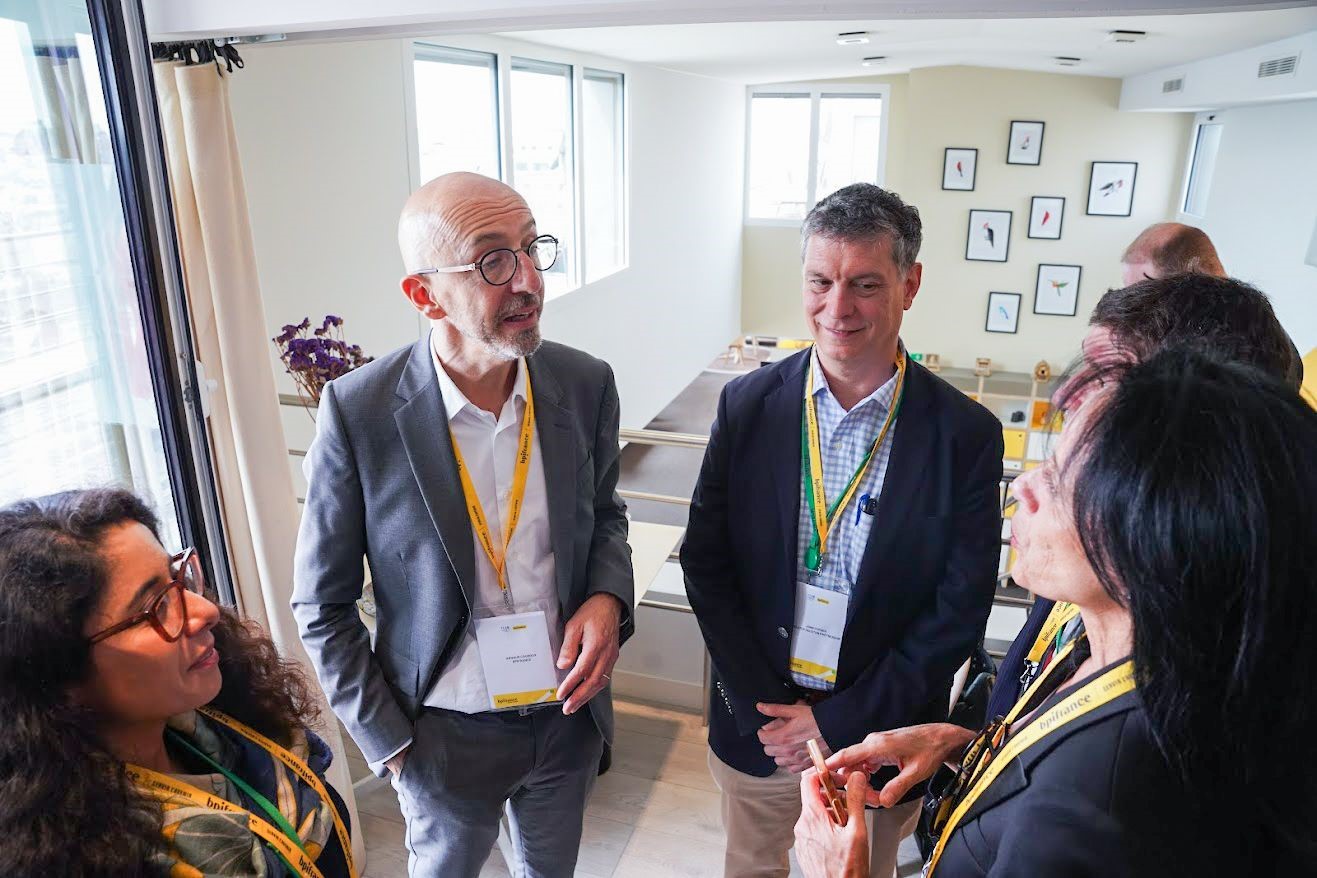Texas Dominates Business Attraction, Houston Remains a Top Leader
Published Mar 01, 2024 by Shaw Adcock
The Houston region has once again ranked third among top U.S. metros for attracting new business, according to Site Selection Magazine’s yearly analysis, while Texas earned its 12th consecutive Governor’s Cup.
“The Governor’s Cups recognize not only the winning governors, but their entire economic development teams, and by extension, the many professionals throughout their states who work every day to attract new investment and retain and grow existing businesses,” said Mark Arend, editor emeritus of Site Selection.
Site Selection identified 1,254 project wins for Texas in 2023, more than doubling the next-highest state, Illinois. With 226 more projects than 2022, Texas saw a 22% increase in projects. The Houston-The Woodlands-Sugar Land MSA won 413 projects, an uptick of more than 150 since 2022. Chicago and Dallas-Fort Worth placed first and second, respectively, in the top U.S. metros category.
"We are excited to see Texas continues to be the leading State for corporate relocations and expansions," said Partnership Vice President of Regional Economic Development Craig Rhodes. "Houston’s ranking as a top three metro further highlights the unique opportunity we have in our region for companies to access diverse talent, critical infrastructure, and the convergence of industries to grow their business on a global scale."
Here is a look at a few of the notable project wins in 2023 for the Houston area:
-
Cart.com, an e-commerce unicorn that returned to Houston from Austin in efforts to scale its business. The move highlighted the value in Houston’s transportation infrastructure and accessibility, as well as its large and diverse talent pool.
-
Packgene Biotech, a CRO and CDMO company founded in Massachusetts, which broke ground on its 22,000 square feet cGMP manufacturing facility in 2023. This facility will create up to 80 jobs with $20 million invested. They are already in the expansion process to grow the facility to 35,000 square feet. This project will accelerate gene therapy product development by providing a fully integrated one-stop solution for clients.
-
Sumika Semiconductor Materials, a subsidiary of Sumitomo Chemical, is building a high-purity semiconductor process chemical manufacturing plant in the Houston region. The project includes an investment of $250 million and will create 50 jobs in the region.
-
SEG Solar, a solar panel manufacturing company, is slated to open its 145,000 square feet Houston facility by mid-2024. The project is projected to create 500 jobs with a capital investment of $60 million. The move reinforces Houston’s status as Energy Capital of the World.
In an interview with Site Selection Magazine, Governor Greg Abbott pointed to the state’s pro-business environment as to why companies keep choosing to relocate or expand their businesses in Texas.
“Industry-leading CEOs cite our pro-growth economic policies — with no corporate income tax and no personal income tax — along with our strong and growing workforce, easy access to global markets, robust infrastructure, and business-friendly regulations, "Abbott said.
The state’s new economic incentives program will be a critical tool in attracting new companies to the region. The Texas Jobs Energy, Technology, and Innovation, or JETI, program, replaces Chapter 313, which sunset in 2022.
Learn more on why companies continue to choose Houston.
 The Houston Report
The Houston Report



















